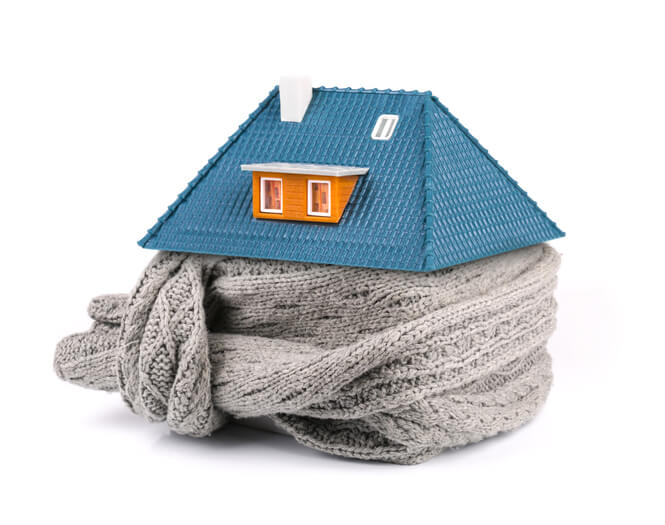
Common Culprits: Where Your Home Is Losing Heat
During the peak of winter, sometimes it feels like even after shutting all doors and windows, adjusting thermostats and maybe even lighting a fireplace, the cold makes its way into your home. Before you crank up the furnace and increase the utility bill, look carefully for possible spots in your home through which heat may be escaping. Weatherizing and insulating the home are effective ways to keep it warm if you are trying to save money and energy or while you wait for heating repair in Gainesville.
Cracks & Gaps
Although not very noticeable, the gaps between walls or floors and movable components such as doors and windows, as well as random cracks in other parts of a home, are usually the biggest culprits of heat loss. According to the Washington Post, a one-eighth-inch gap under a 36-inch wide exterior door can let as much cold air into the home as a 2.4-inch-diameter hole punched in the wall. To mitigate this, the Department of Energy recommends weatherstripping around moving parts and sealing cracks on stationary components with caulk. Weatherstrips can be made of various materials among which you should choose depending on the temperature changes, humidity and type of friction expected for each specific location where you need them. A heating repair company in Gainesville can recommend weatherstripping materials appropriate for your needs and budget. These could include felt, tape, foam, vinyl, certain metals and magnets.
Walls & Ceilings
Lacking or having insufficient insulation is another cause for heat loss. Over time, some types of insulation can lose effectiveness and need to be upgraded or replaced. One way to check how much and what type of insulation your home has is to turn off the power to an electrical outlet on an exterior wall and remove the outlet cover. Energy audits can determine whether the walls and ceilings are the largest cause of heat loss in a home. In said case, cellulose, wool, fiberglass or mineral insulation should be added. Because this is a difficult project for non professionals to tackle, a Gainesville heating repair company can install or replace the insulation for you.
Doors & Windows
Windows naturally cause heat loss because they are made of glass, which is not a good insulator. Likewise, doors can cause heat loss if they are made of materials not ideal for cold weather. Besides purchasing a new door made of insulating materials such as steel and fiberglass, a potential solution for this problem is to install storm windows or doors. These plastic sheets can coat doors and windows to reflect some heat back into your home.
Floors
Similarly, poorly insulated floors allow heat to leak out. Ways to prevent heat loss through floors range from throwing down a few rugs and blankets to including radiant flooring among your HVAC heating installations. Radiant flooring systems can be hydronic, electric or air-heated. They may require the installation of pipes or wires under the floor to aid heat circulation and help maintain temperatures uniform from the top to the bottom of rooms.
Fireplaces & AC Units
A lot of heat can be lost through chimneys if fireplace dampers are missing or poorly fitted. To check a damper’s seal, close the flue, light a small piece of paper and watch the smoke. If the smoke goes up the flue, you have an air leak. In addition, if you have decided to keep window AC units in place for the duration of winter, make sure to seal the gaps between the wall and the unit with removable caulk.
Heating Installations in Gainesville, FL
A home that is constantly too cold can bring more than discomfort. Sometimes heat loss problems have simple, DIY solutions, but other fixes require professional help for the sake of efficiency and effectiveness. If your home needs additional heating or insulation methods, contact LIBERTYAIR today for full-service heating repair Gainesville, FL residents can rely on.